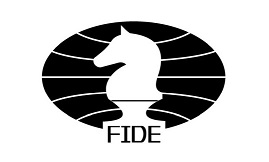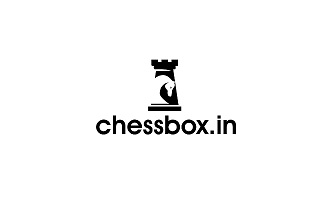Rapid chess is a fast-paced version of the game of chess, and the rules are similar to standard chess.
The history of rapid chess can be traced back to the early 20th century, when chess players began to compete in faster-paced games with shorter time controls. The exact origins of rapid chess are unclear, but it is believed to have developed as a way for chess players to fit more games into a shorter amount of time.
Rapid chess gained popularity in the 1950s and 1960s, as chess tournaments and competitions began to include faster time controls. This trend was driven by the need for chess organizations and tournament organizers to fit more games into shorter periods of time, as well as by the desire to make the game more accessible and appealing to a wider audience.
Over the years, rapid chess has continued to evolve and gain popularity, with many chess players and organizations around the world now offering rapid and blitz chess tournaments. Today, rapid chess is played by chess players of all skill levels, and is considered to be a fun and exciting way to enjoy the game of chess.
The first World Rapid Chess Championship was held in 2003 and was organized by the World Chess Federation (FIDE). The championship was won by Viswanathan Anand, who became the first World Rapid Chess Champion. Since then, the World Rapid Chess Championship has been held regularly, typically every two years, and is considered to be one of the most prestigious rapid chess events in the world.
The current (4th FIDE championship held in Dec’22) world rapid champion is grandmaster Magnus Carlsen from Norway.
Some common variations of rapid chess include:
Time control: Each player is given a set amount of time for all their moves, typically between 15 and 30 minutes.
Touch-move rule: If a player touches a piece, they must move it if it is a legal move.
Draws: Draws by agreement, stalemate, and the 50-move rule still apply, but draws by repetition may not be allowed.
Touching the clock: If a player makes a move and touches the clock, their opponent can claim the opponent’s time has run out.
Tie-breaks: In case of a tie, rapid chess often uses tie-breaking systems such as the Buchholz or Sonneborn-Berger score to determine the winner.


